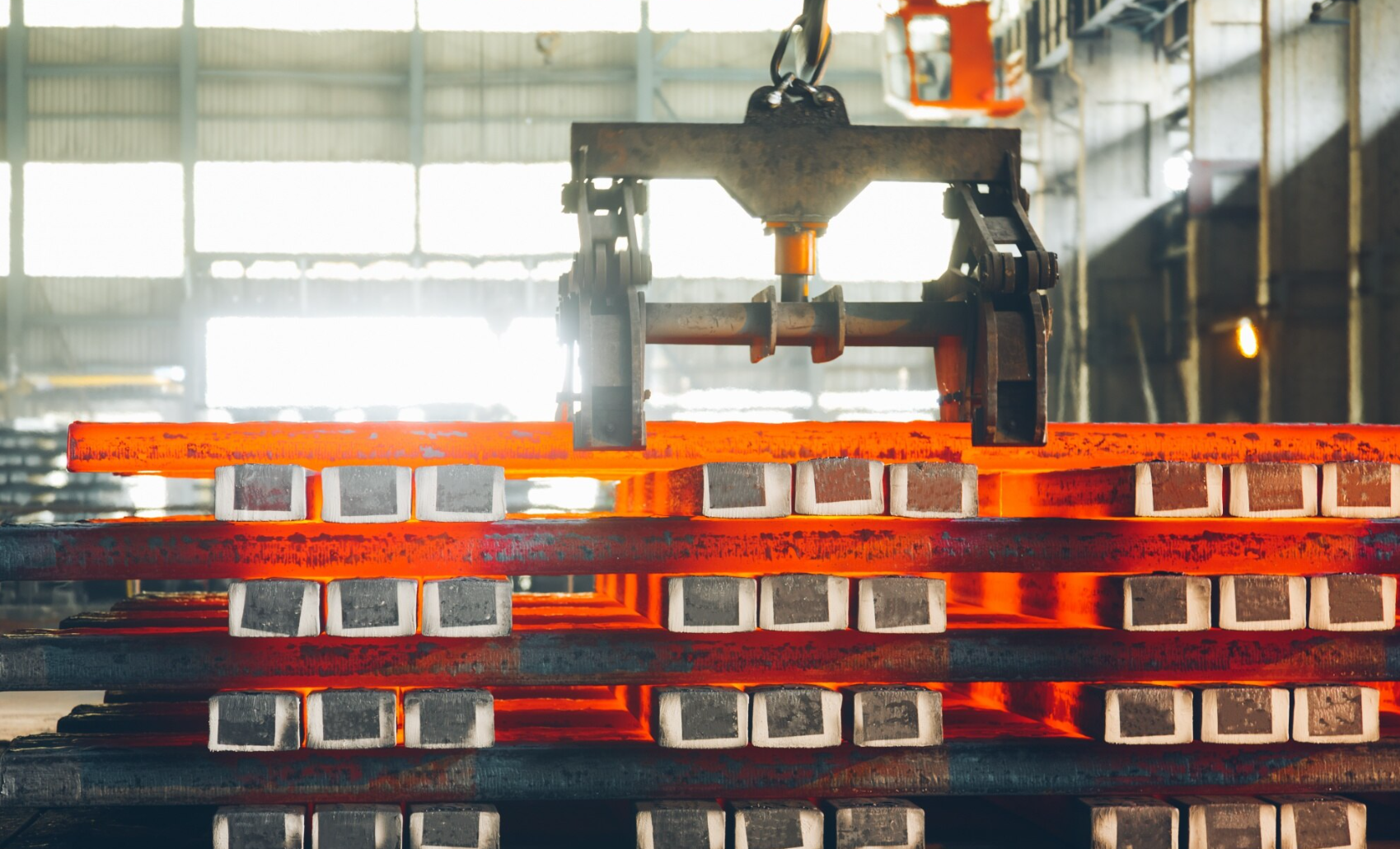The steel industry is critical to global development, driving infrastructure, manufacturing, and economic growth. Among the emerging players in this sector are Oman steel makers and Vietnam’s steel industry. Both nations have made great strides in establishing themselves as competitive contributors to the global steel market. Let’s explore their progress, major players, and future potential.
The Steel Industry in Oman: A Growing Market
Oman has witnessed remarkable growth in its steel industry, largely driven by infrastructure projects, oil and gas activities, and government initiatives aimed at economic diversification.
1. Overview of Oman’s Steel Industry
Oman’s steel industry is a vital component of its economic development. With increasing domestic demand and opportunities for export, Oman has emerged as a key player in the Middle East’s steel market.
- Primary Applications: Construction, oil and gas, and industrial machinery.
- Domestic Demand: Driven by large-scale infrastructure projects such as roads, airports, and residential developments.
- Leading Steel Makers in Oman
Oman is home to several reputable steel manufacturers that contribute to its industrial growth. Key players include:
a. Oman Steel Mills
One of the country’s largest producers of steel, specializing in high-quality rebars, billets, and structural steel.
b. Sohar Steel Group
Located in the industrial city of Sohar, this company focuses on sustainable steel production, providing materials for regional and international markets.
c. Jindal Shadeed Iron & Steel
A subsidiary of Jindal Steel and Power, Jindal Shadeed operates one of the largest steel plants in Oman, producing high-grade steel for various industries.
- Oman’s Export Market
Oman has begun leveraging its strategic location near key global trade routes to increase steel exports. The country’s steel products are gaining traction in markets such as:
- The Middle East and North Africa (MENA): Oman’s primary export region.
- South Asia: Countries like India and Pakistan.
Vietnam’s Steel Industry: A Rising Export Giant
Vietnam has rapidly become a significant player in the global steel industry, thanks to its thriving manufacturing sector and competitive labor costs. Vietnam’s steel exports and domestic production have surged in recent years.
1. Overview of Vietnam’s Steel Market
Vietnam’s strategic location and expanding industrial base have made it an attractive destination for steel investments.
- Major Applications: Automotive manufacturing, electronics, and construction.
- Export-Oriented Growth: Vietnam is a leading exporter of steel products, with major markets including Southeast Asia and the United States.
- Key Steel Manufacturers in Vietnam
Vietnam’s steel sector is dominated by a mix of domestic giants and international investments. Major players include:
a. Hoa Phat Group
Vietnam’s largest steel producer, is known for its high-quality construction steel, pipes, and steel plates.
b. Formosa Ha Tinh Steel
An integrated steel mill that produces hot-rolled coils, meeting both domestic and export demands.
c. Nam Kim Steel
Specializing in coated steel, Nam Kim exports to markets across Asia, Europe, and the Americas.
- Vietnam’s Role in the Global Steel Market
The steel industry in Vietnam is among the top steel exporters in the world, with its products reaching over 50 countries. Key markets include:
- ASEAN Nations: A dominant destination for Vietnamese steel.
- United States and Europe: Demand for quality and affordable steel products.
- China: Vietnam also serves as a supplier to the world’s largest steel consumer.
Oman vs. Vietnam: A Comparative Look
| Aspect | Oman | Vietnam |
| Market Focus | Domestic and regional demand | Export-oriented growth |
| Key Products | Rebars, billets, structural steel | Coated steel, hot-rolled coils |
| Major Markets | MENA, South Asia | ASEAN, USA, Europe |
| Growth Drivers | Infrastructure projects | Competitive production costs |
Challenges Facing the Steel Industries
Both Oman and Vietnam face unique challenges in scaling their steel industries:
1. Oman
- High Energy Costs: Steel production requires significant energy, impacting profitability.
- Limited Domestic Demand: While growing, the domestic market is not as vast as larger nations.
2. Vietnam
- Environmental Concerns: Rapid industrialization has raised concerns about pollution and waste management.
- Dependence on Imports: Vietnam imports raw materials like iron ore, increasing production costs.
Opportunities for Collaboration and Growth
Despite challenges, Oman and Vietnam can find opportunities in:
- Technology Sharing: Both nations can collaborate on sustainable steel production technologies.
- Trade Agreements: Bilateral agreements could enhance steel trade between the two nations.
- Diversification: Expanding into value-added steel products can boost competitiveness.
Conclusion
There exist emerging steel industry leaders: Oman, unique in strengths, and Vietnam, based on opportunities. On one hand, Oman seeks regional needs to meet through quality products and sustainability-based practices; meanwhile, export-led growth is creating Vietnam as the future face in the world supply chain for the industry.
Visit http://midweststeelsupply.org/ to buy Steel products.
FAQs
1. What are the main uses of steel in Oman?
Steel in Oman is primarily used for construction, oil and gas projects, and industrial machinery.
2. Why is Vietnam a significant steel exporter?
Vietnam benefits from low production costs, advanced manufacturing facilities, and strong international demand.
3. Which companies dominate Oman’s steel industry?
Major companies include Oman Steel Mills, Sohar Steel Group, and Jindal Shadeed Iron & Steel.
4. How does Vietnam source raw materials for steel production?
Vietnam imports raw materials like iron ore and coking coal from countries such as Australia and Brazil.
5. Can Oman and Vietnam collaborate in the steel industry?
Yes, through technology sharing, trade agreements, and joint ventures, both nations could strengthen their positions in the global steel market.
